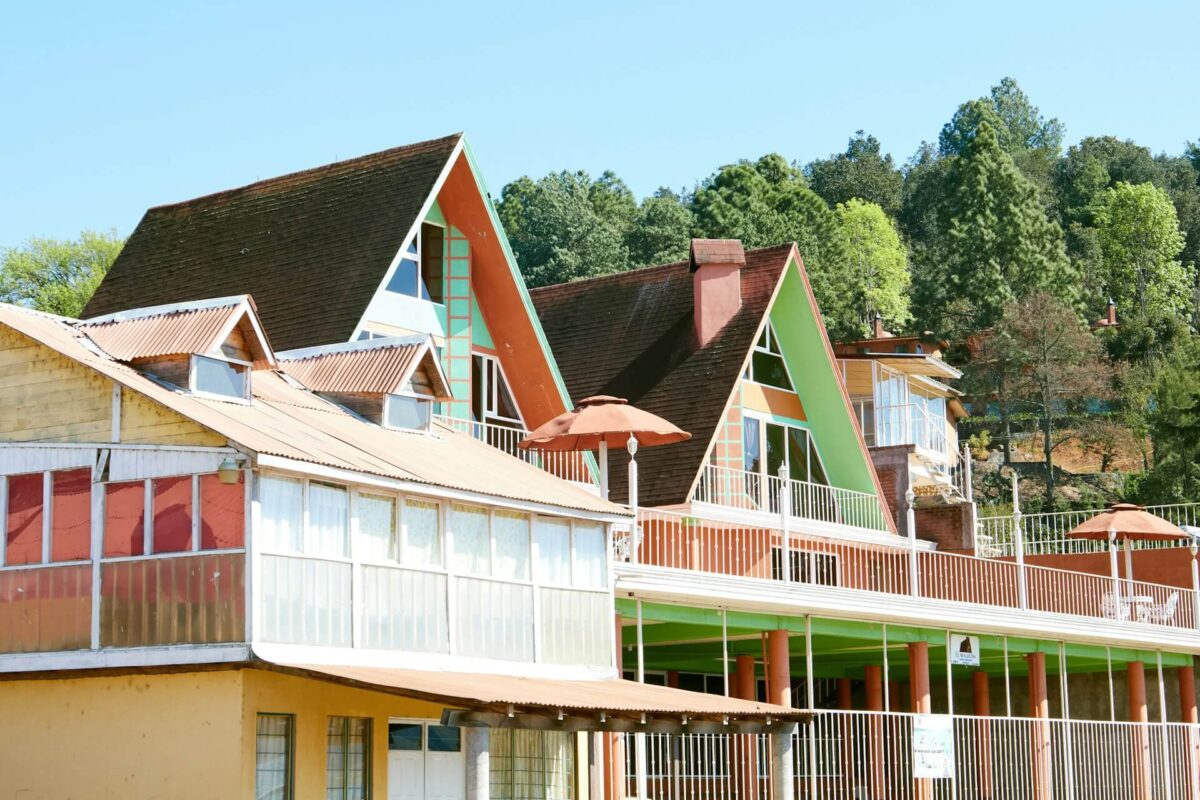
Residential care homes welcome thousands of people seeking supportive living environments each year. Surprisingly, many families discover the hidden realities of these facilities only after moving in their loved ones.
Recent statistics show that over 400,000 older people in the UK currently live in residential care homes. Additionally, this figure is projected to rise by nearly 36% by 2035 according to Age UK research. Furthermore, the average weekly cost of a residential care home room in the UK reached £704 in 2024, creating significant financial pressure for many families.
What Are Residential Care Homes?
Residential care homes offer round-the-clock support in a communal living environment. Moreover, they serve as an alternative for people who can no longer live independently at home.
These facilities provide accommodation, meals, personal care, and social activities. Additionally, they create structured routines that help residents feel secure and supported.
Care homes differ from nursing homes in their level of medical support. Actually, nursing homes typically offer more intensive healthcare for complex medical needs.
Residential care isn’t just for elderly folks. In fact, younger adults with disabilities or long-term conditions often benefit from these supportive environments too.
Truth 1: Staff Turnover Affects Care Quality
High staff turnover rates plague many residential care homes. Unfortunately, this revolving door of caregivers impacts the consistency of care residents receive.
Residents often bond with their caregivers over time. Consequently, frequent staff changes can cause emotional distress and confusion.
The best care homes maintain stable teams through good working conditions. Obviously, happy staff members provide better care and form meaningful relationships with residents.
Truth 2: Hidden Costs Beyond The Basic Fee
The advertised monthly fee rarely covers all expenses. However, many families discover this only after moving their loved one in.
Extra charges often apply for haircuts, outings, and special activities. Similarly, personal items like toiletries typically come at additional cost.
Some homes charge premium rates for specific room locations or features. Therefore, asking for a complete breakdown of potential costs is essential before committing.
Truth 3: Social Life Can Be Limited
Many people imagine care homes buzzing with social activities. Nevertheless, the reality often falls short of these expectations.
Activity programs vary widely between facilities. Certainly, some homes offer robust calendars while others provide minimal engagement.
Residents with cognitive impairments may participate less in group activities. Meanwhile, more independent residents might feel frustrated by limited options.
Truth 4: Personalization In Residential Care Homes Has Boundaries
Bringing personal belongings helps make a care home feel more homely. Still, space restrictions limit how much you can bring.
Room personalization policies differ between facilities. Generally, safety regulations determine what items are permitted.
Photos, small furniture pieces, and mementos usually work well. However, larger furniture often won’t fit in standard rooms.
Truth 5: Food Quality Varies Dramatically
Food quality significantly impacts resident satisfaction and health. Indeed, nutrition plays a crucial role in overall wellbeing.
Budget constraints affect meal options in many facilities. Subsequently, this can lead to repetitive menus and fewer fresh ingredients.
Special diets receive varying levels of accommodation. Therefore, those with specific nutritional needs should investigate this aspect thoroughly.
Truth 6: Privacy is Often Limited In Residential Care Homes
Privacy becomes a luxury in residential care settings. Meanwhile, shared spaces and staff presence create a more public living experience.
Room options typically include private or shared accommodations. Naturally, private rooms cost significantly more than shared spaces.
Even in private rooms, staff members enter regularly. Consequently, maintaining personal boundaries requires clear communication.
Truth 7: Medical Oversight Varies Widely Across Residential Care Homes
Medical supervision differs dramatically between facilities. Nevertheless, understanding these differences is crucial for proper care.
Some homes have nurses on staff around the clock. Alternatively, others rely on visiting healthcare professionals or on-call services.
Emergency response protocols vary in effectiveness. Therefore, asking about medical oversight before choosing a home is essential.

Truth 8: Family Involvement Makes A Difference
Residents with regular family visitors often receive better attention. Specifically, staff tend to be more attentive when they know family members stay involved.
Family advocacy ensures needs don’t fall through the cracks. Ultimately, having someone to speak up makes a significant difference.
Care homes generally welcome family participation. Yet balancing involvement without micromanaging requires thoughtful navigation.
Truth 9: Quality Of Life Depends On The Little Things
Small comforts dramatically impact daily happiness in residential care. Obviously, seemingly minor details can make or break the living experience.
Temperature control, noise levels, and lighting affect comfort. Additionally, access to outdoor spaces significantly influences wellbeing.
Personal routines and preferences matter enormously. Therefore, homes that accommodate individual habits create happier residents.
Truth 10: Transitioning Takes Longer Than Expected
Adjustment to residential care typically takes months, not weeks. Moreover, this transition period often proves challenging for everyone involved.
The emotional impact of leaving home affects residents deeply. Meanwhile, guilt and worry commonly affect family members making this decision.
Support during this transition makes a substantial difference. Therefore, choosing homes with good orientation programs benefits new residents.
Choosing The Right Residential Care Home
Start your search well before you need placement. Indeed, waiting until crisis strikes limits your options significantly.
Visit potential homes multiple times at different hours. Consequently, you’ll get a more accurate picture of daily life there.
Talk to current residents and their families about their experiences. Certainly, their insights provide valuable perspectives you won’t get from staff.
Evaluating Care Home Quality
Check official inspection reports and ratings from regulatory bodies. Additionally, online reviews can reveal patterns of praise or concern.
Look for signs of engaged and happy residents during visits. Obviously, their demeanor tells you much about the facility’s atmosphere.
Staff interactions reveal much about the care culture. Therefore, observe how employees speak to and treat residents.
Understanding Care Levels
Residential care homes offer different levels of support. Similarly, costs increase with higher levels of assistance.
Basic residential care provides help with daily activities. Meanwhile, more intensive options include memory care and nursing support.
Needs often change over time, requiring care adjustments. Subsequently, choosing a facility that can accommodate evolving requirements proves valuable.
Financial Planning For Residential Care
Care home costs vary widely by location and service level. Indeed, prices can differ by thousands each month between facilities.
Government assistance may be available depending on circumstances. However, eligibility criteria and benefit amounts vary significantly.
Long-term care insurance can help cover residential care costs. Therefore, investigating these policies before needing care makes financial sense.
Maintaining Dignity In Care Settings
Quality care homes prioritize resident dignity and autonomy. Additionally, they balance assistance with independence appropriately.
Residents should participate in decisions about their care. Nevertheless, cognitive impairments sometimes complicate this process.
Person-centered care approaches treat residents as individuals. Consequently, this philosophy creates more respectful and responsive environments.
Technology In Modern Care Homes
Advanced call systems ensure prompt assistance when needed. Moreover, they provide peace of mind for residents and families alike.
Entertainment technologies help keep residents engaged. Subsequently, these tools reduce isolation and boredom.
Health monitoring devices improve safety and care coordination. Therefore, technologically updated facilities often provide better oversight.
The Importance Of Location
Proximity to family members significantly impacts visit frequency. Indeed, distance often determines how connected residents remain to loved ones.
Community integration affects quality of life for mobile residents. Meanwhile, nearby amenities provide opportunities for outings and activities.
Urban and rural settings offer different advantages. Consequently, choosing a location that matches lifestyle preferences improves satisfaction.
Handling Complaints Effectively
Start by addressing concerns directly with care staff. Subsequently, escalate unresolved issues to management.
Document all communications about problems. Certainly, this record helps track response patterns and resolution efforts.
Regulatory bodies accept complaints about serious issues. Therefore, knowing how to contact these authorities provides an important safeguard.
Special Considerations For Memory Care
Memory care units offer specialized support for dementia patients. Additionally, they provide secure environments to prevent wandering.
Staff training varies widely in memory care settings. Nevertheless, specialized training significantly improves care quality.
Environmental design plays a crucial role in memory care. Therefore, thoughtfully designed spaces reduce confusion and agitation.
Questions To Ask Before Choosing A Care Home
Ask about staff-to-resident ratios during all shifts. Obviously, higher ratios generally mean more attentive care.
Inquire about staff qualifications and training requirements. Similarly, learning about employee retention rates reveals much about working conditions.
Request information about handling medical emergencies. Indeed, prompt and effective response protocols save lives.
Making The Transition Easier
Visit the chosen facility multiple times before moving day. Additionally, bringing familiar items helps create comfort in the new space.
Establish relationships with key staff members early. Consequently, they’ll better understand your loved one’s needs and preferences.
Maintain regular contact during the adjustment period. Therefore, your loved one feels supported through this significant life change.
Frequently Asked Questions
What’s the difference between residential care homes and nursing homes?
Residential care homes provide personal care and support with daily activities. However, they don’t offer extensive medical care. Nursing homes provide higher levels of medical care with qualified nurses. Therefore, nursing homes better suit people with complex medical needs. Residential care costs less than nursing care. Moreover, the environment feels more homelike than clinical.
How much do residential care homes cost monthly?
Residential care homes typically cost between $3,500-$7,000 monthly. Additionally, prices vary significantly by location and amenities. Private rooms cost more than shared accommodations. Furthermore, specialized care like memory support increases fees. Additional services often add to the basic monthly rate. Therefore, request a complete fee schedule before making decisions.
Can I bring my own furniture to a residential care home?
Most residential care homes allow some personal furniture items. However, space limitations restrict how much you can bring. Small pieces like nightstands or favorite chairs work best. Additionally, safety considerations may prohibit certain items. Pictures and mementos personalize the space effectively. Therefore, focus on meaningful items rather than large furniture.
How do I know if a residential care home is right for my loved one?
Assess your loved one’s care needs through professional evaluation. Additionally, consider their social preferences and personality. Visit multiple facilities to compare environments and services. Furthermore, talk with current residents about their experiences. Trust your instincts about the atmosphere and staff attitudes. Consequently, you’ll recognize which setting feels most appropriate.
What happens if my loved one’s care needs increase after moving in?
Many residential care homes offer tiered care levels for changing needs. However, some facilities transfer residents when needs exceed capabilities. Additional services often come with increased monthly costs. Furthermore, regular care plan reviews help track changing requirements. Ask about policies for increasing care before selecting a facility. Therefore, you’ll avoid unexpected transfers later.
